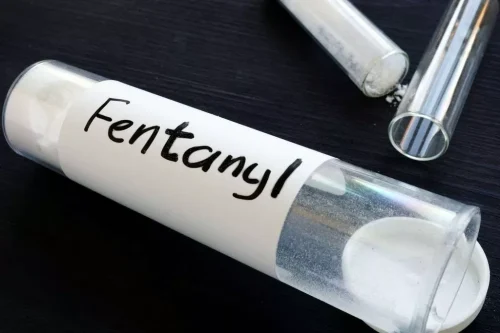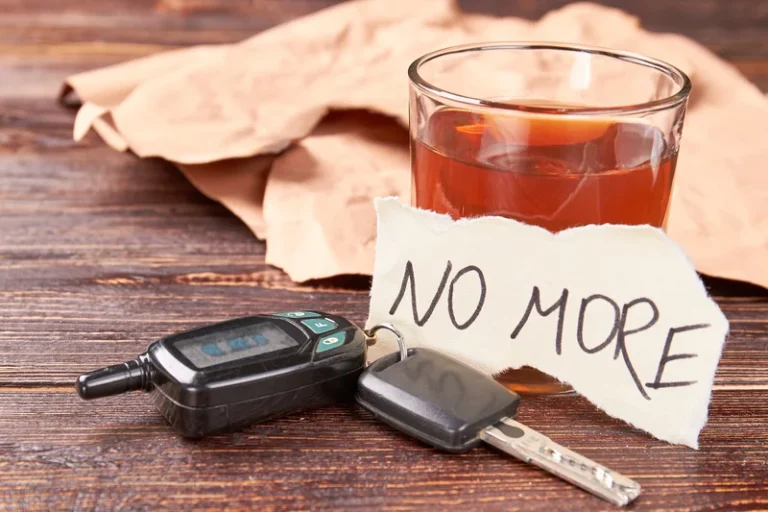Blood clotting, or coagulation, an important physiological process that ensures the integrity of the vascular system, involves the platelets, or thrombocytes,4 as well as several proteins dissolved in the plasma. When a blood vessel is injured, platelets are attracted to the site of the injury, where they aggregate to form a temporary plug. Fibrin is a stringy protein that forms a tight mesh in the injured vessel; blood cells become trapped in this mesh, thereby plugging the wound. Fibrin clots, in turn, can be dissolved by a process that helps prevent the development of thrombosis (i.e., fibrinolysis).
How to Avoid Getting Bruises From Alcohol
Very forceful blows can damage bones, causing deep bleeding and bruises that take several weeks to heal. It's also very rare, but sometimes, a bruise on your breast may be a sign of a breast infection (mastitis) or inflammatory breast cancer. You may also notice swollen lymph nodes in your armpit or near your collarbone on the same side as the bruised breast. You may get them if you had a fall, got hurt playing sports, or bumped into a piece of furniture. People over 65 years old and those assigned female at birth (AFAB) are more likely to get bruises than others because these groups generally have thinner skin and smaller blood vessels. As you age, your skin gets thinner and you lose some of the layer of fat that cushions your blood vessels and protects you from injury.
Find more top doctors on

If you're having nosebleeds for no reason, if your gums bleed a lot after you brush or floss, or if small cuts or scrapes seem to bleed heavily, call your doctor. When you get an injury, blood may leak from the vessels (veins and capillaries) under your skin. The discoloration you see as a bruise on the surface of your skin is from blood that has pooled in or under your skin. On people with lighter skin tones, bruises may start out red or purple soon after the injury, then turn light brown, green, or yellow as they heal. On people with darker skin tones, bruises can look purple, dark brown, or black.
Bleeding disorders
However, nerve damage is sometimes permanent, and your symptoms are likely to worsen if you don’t stop drinking. This could lead to disability, chronic pain, and damage to your arms and legs. Some people bruise more easily than others, and the bruising can take longer to heal. At MedicineNet, we believe it is important alcohol and bruising to take charge of your health through measures such as a living healthy lifestyle, practicing preventative medicine, following a nutrition plan, and getting regular exercise. Understanding your symptoms and signs and educating yourself about health conditions are also a part of living your healthiest life.

In other words, weight gain isn’t inevitable, but you could still tip the scale up from drinking too much alcohol. It’s important to speak with a healthcare professional if you experience any symptoms of peripheral neuropathy. https://ecosoberhouse.com/ Early diagnosis and treatment can help increase your chances of fully recovering. Abstaining from alcohol can help restore your nutritional health, improve your symptoms, and prevent further nerve damage.
- Some people experience a faster onset and progression of alcoholic neuropathy than others.
- This can lead to inflammation and an increase in scar tissue, which can seriously impact your liver’s ability to function as it should.
- Because alcohol is a potent diuretic, it can quickly dehydrate you, leading to the characteristic symptoms of a hangover, including a throbbing headache.
- According to the National Library of Medicine, a bruise is a mark under the skin, usually painful and swollen, that occurs because of blood trapped beneath the skin’s surface.
How to Support Liver Function
In other words, bruising alone isn’t enough to diagnose alcoholism, but it can be a sign. When that happens, the person convulses uncontrollably and may harm themselves or others in the process, potentially leading to bruises. Vasodilation is the widening of the blood vessels caused by the relaxation of the muscles in these blood vessels. While the early stages may have no symptoms, later stages can cause symptoms such as fatigue, swelling in the hands and legs, jaundice, loss of appetite, and weakness. Getting adequate proteins, calories, and nutrients can alleviate symptoms, improve quality of life, and decrease mortality.

Outlook of alcoholic neuropathy
When someone develops an alcohol use disorder, they will show signs or symptoms that are characteristic of this condition. The medical community has recognized that addiction is a disease and some people are predisposed to it. As a result, it is usually necessary to get medical help to manage alcohol use disorder.

Progressive Symptoms
Those who regularly drink more than the recommended daily limits of alcohol should not stop drinking without medical support. Individuals should seek help from a medical professional to safely manage alcohol withdrawal. Fibrosis is a buildup of certain types of protein in the liver, including collagen. It does not take into account factors such as body composition, ethnicity, sex, race, and age. Even though it is a biased measure, BMI is still widely used in the medical community because it’s an inexpensive and quick way to analyze a person’s potential health status and outcomes. Someone with decompensated cirrhosis may develop ascites (or fluid in the abdomen), gastrointestinal bleeding, and hepatic encephalopathy, in which the brain is affected.
Partial facial numbness after drinking alcohol.
- Some research results indicate that alcohol can interfere with leukotriene production.
- Vasculitis refers to a group of conditions that cause inflamed blood vessels.
- However, excessive vasodilation caused by external factors, like drinking alcohol, can be problematic.
- Blood loss occurs primarily in the gastrointestinal tract (e.g., at the sites of peptic ulcers) and is increased in patients with reduced platelet numbers.
- If you, your mom, and your sister all turn black and blue from the tiniest bump, it may be a family thing.
- Over time, the liver of a person who drinks heavily can become damaged and cause alcoholic liver disease.
These are between about 4 millimeters (about as big around as a tablet of aspirin) and 10 millimeters (about as big around as triple-A battery), so they're smaller than an ecchymosis, but larger than petechiae. They may look reddish-purple on lighter skin tones and brownish-black on darker skin tones. If you or someone you love suffers from alcohol use disorder or any of its health effects, book an appointment with us at CuredNation. We also have the risk of alcohol-induced seizures, which are common during binge drinking. However, the person often can’t recall the events that happened during an alcoholic blackout, which can include bumps, falls, and accidents that may have caused bruises.
- You may avoid possible health problems by limiting your alcohol consumption.
- Alcohol use disorder can include periods of being drunk (alcohol intoxication) and symptoms of withdrawal.
- Consequently, surgical removal of the spleen is the only treatment capable of slowing the hemolytic process.
- When that happens, the person convulses uncontrollably and may harm themselves or others in the process, potentially leading to bruises.
